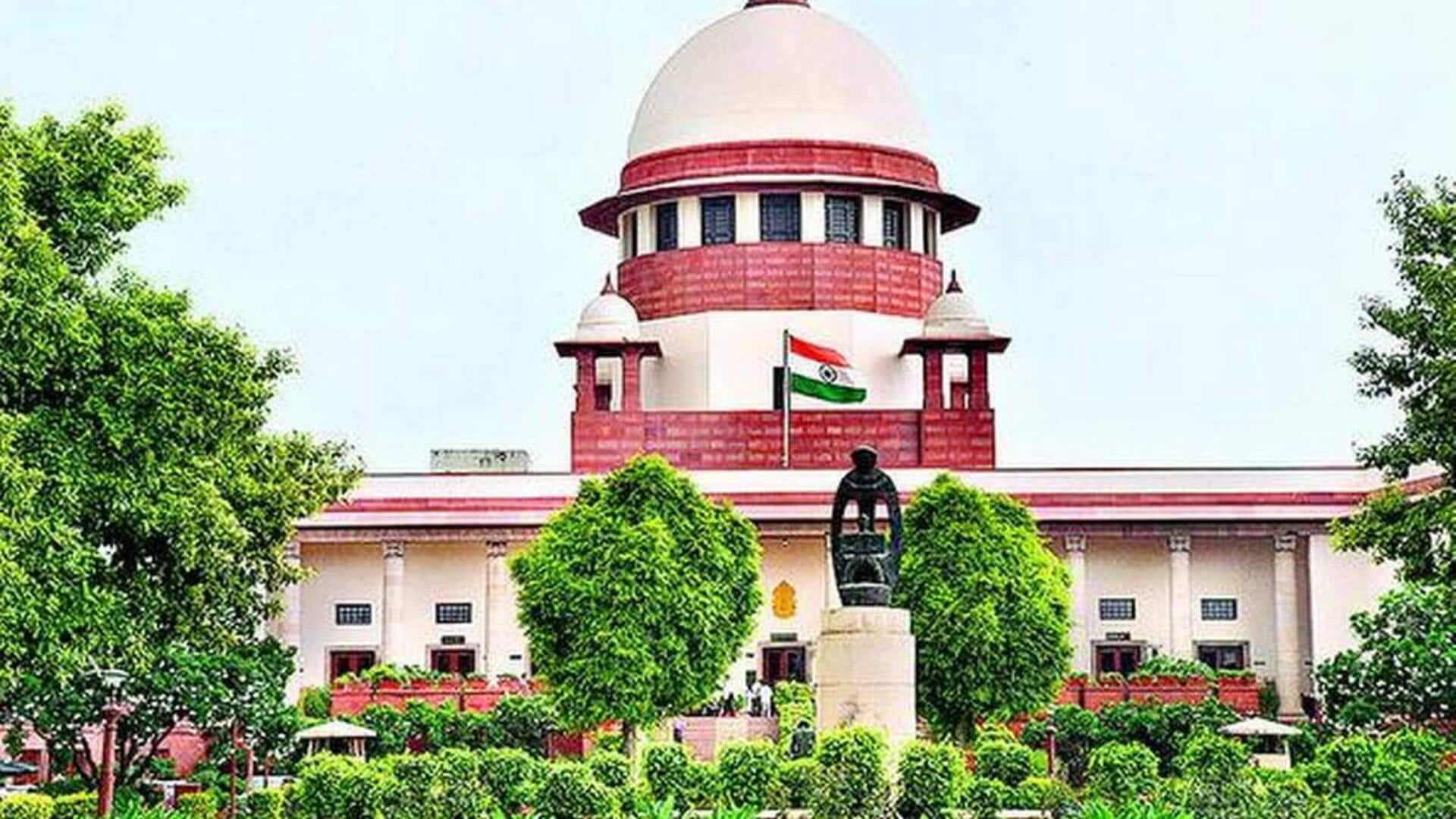
SC directs states, UTs to frame rules for pedestrian safety
What's the story
The Supreme Court has ordered states and Union Territories to formulate rules within six months relating to the safety of pedestrians on roads and footpaths, including the wearing of helmets, wrong lane driving, and the use of unauthorized hooters. The rules will regulate the movement of non-motorized vehicles and pedestrians in public spaces and national highways. A bench of Justices JB Pardiwala and KV Viswanathan issued the directions under Sections 138(1A) and 210D of the Motor Vehicles Act, 1988.
Regulation focus
Court emphasizes need for pedestrian, non-motorized vehicle regulation
"We direct all states and UTs to formulate rules under Section 138(1A) of the Motor Vehicles Act within a period of six months, if not already framed, for the purpose of regulating activities and access of non-mechanical propelled vehicles and pedestrians to public places and national highways," said the bench. The court also directed the formulation of rules for road design, construction, and maintenance standards under Section 210D.
Petition details
Directions issued on petition by Coimbatore-based surgeon
The directions were issued on a petition filed by Coimbatore-based surgeon S Rajaseekaran. The petition highlighted the alarming rate of road accidents in India and sought coordinated measures to prevent them. It called for proactive efforts from the Union Ministry of Road Transport and Highways, urging collaboration with states to enhance road safety.
Past
Court asked states to make footpaths accessible for disabled people
After issuing the order, Justice Pardiwala stated orally that everything now depends on how the directions are executed. In this long-standing writ petition, the court has been issuing orders and recommendations to ensure pedestrian safety. In May, it ruled that the right to use footpaths and footways is a fundamental aspect of the right to life under Article 21 of the Constitution. It asked states and UTs to create rules to make walkways accessible and useable by people with disabilities.